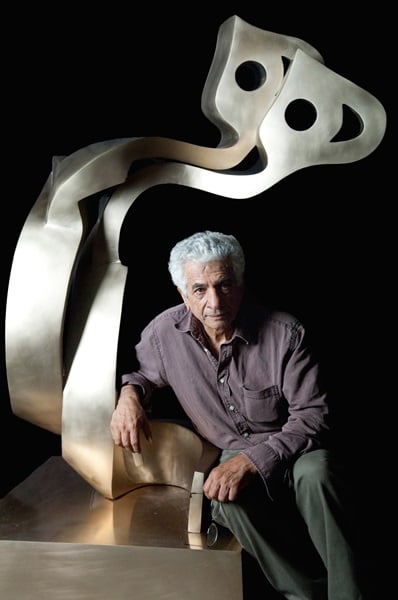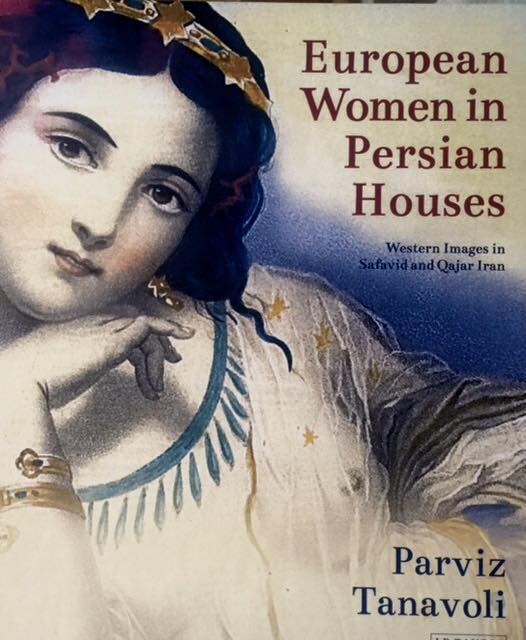People
Iranian Artist Parviz Tanavoli Accused of ‘Disturbing the Public Peace’ Following Travel Ban
The artist may face a fine or even prison time due to these accusations.

The artist may face a fine or even prison time due to these accusations.

Carol Civre

Parviz Tanavoli, Iran’s most famous living artist, has been accused of “disturbing the public peace” with his sculptures by Iranian authorities. This follows a recent incident during which Tanavoli was prevented from leaving the country to visit London last week with no explanation whatsoever.
The 79-year-old artist was supposed to present his new book European Women in Persian Houses at London’s British Museum on July 2, but never made it overseas after Iranian border officials confiscated his passport. Despite attempts to determine the cause of these actions, the artist has remained in the dark as to the details of the incident until now.
“I learnt this morning in court that the police had accused me of publishing false information and disturbing the public peace,” Tanavoli told he told the Iranian Labour News Agency (ILNA), after visiting Iran’s special court for culture and media. “They told me my sculptures are examples of disturbing the public peace.”
A pioneer of the Saqqakhaneh school—a neo-traditionalist movement from the 1960s, which takes inspiration from Persian and Shiite folk themes—Tanavoli is best known for his bronze sculptures, one of which sold for $2.84 million in 2008 at Christie’s Dubai, becoming the most expensive Iranian artwork at the time, according to the artnet Price Database.
While Tanavoli has never experienced controversy regarding his artworks, in 2014 some of his works were damaged and seized as a result of a bitter dispute over his house in Tehran, which had been unfolding for well over a decade.

Cover for Parviz Tanavoli’s book “European Women in Persian Houses” courtesy of Parviz Tanavoli’s facebook page.
While authorities place the blame for these accusations against Tanavoli on his sculptures, there are speculations that they might instead be due to the book Tanavoli recently published; the same one he was on his way to speak about at the British Museum in London.
The book is a study of images from Iran’s Safavid and Qajar eras and contains some nudes—including a bare-breasted woman on its cover—which goes against the conservative Islamic republic that does not permit such displays, the Independent reports.
The Iranian government seems to be split concerning the West—either pushing for tighter relations or the complete opposite. It is often well-known artists who get caught between this dispute because their works play a big role in mediating relations with the West, a source close to Tanavoli told the Art Newspaper.
Tanavoli’s passport has not yet been returned, and the artist may face a fine or even prison time due to the accusations against him.
Yesterday, in an attempt to counter claims made by Iranian authorities, supporters of Tanavoli have started an online petition requesting the travel ban on the artist to be lifted, which at the time of writing had gathered 439 signatures.